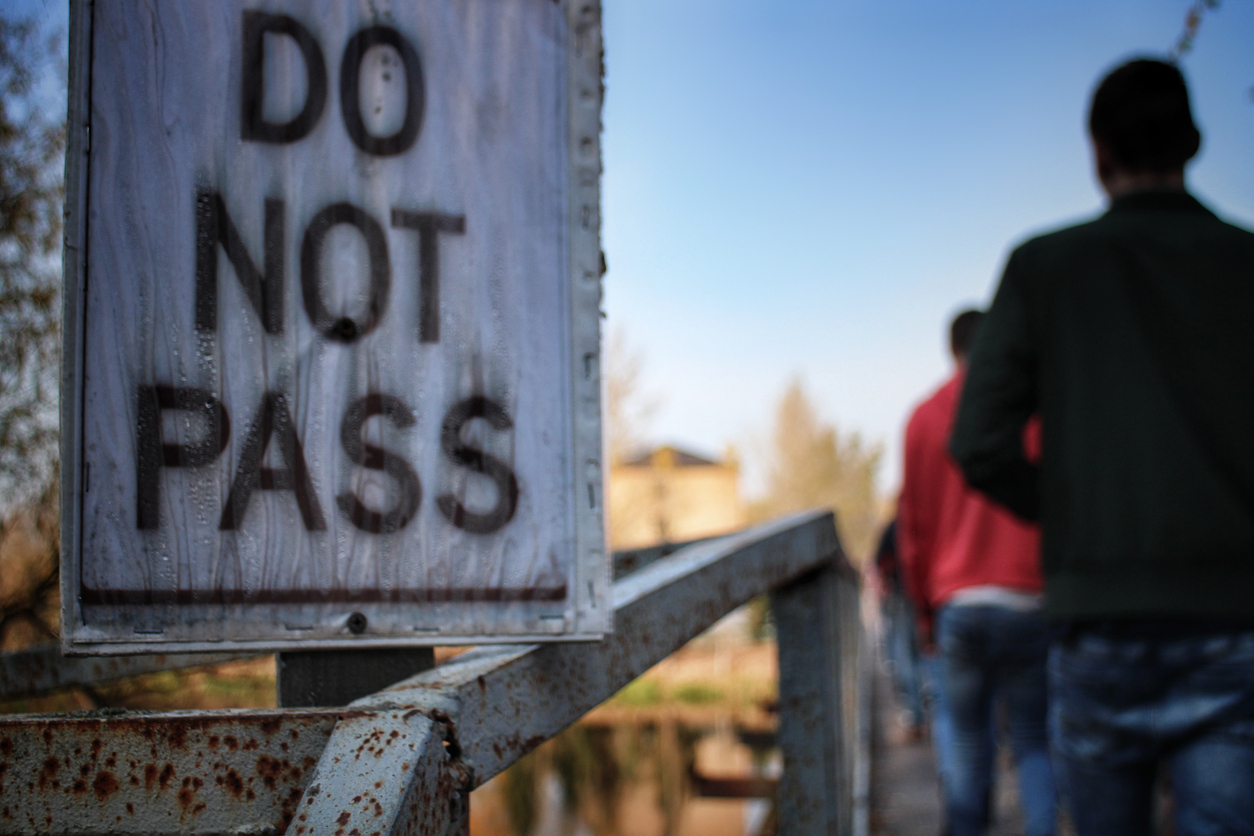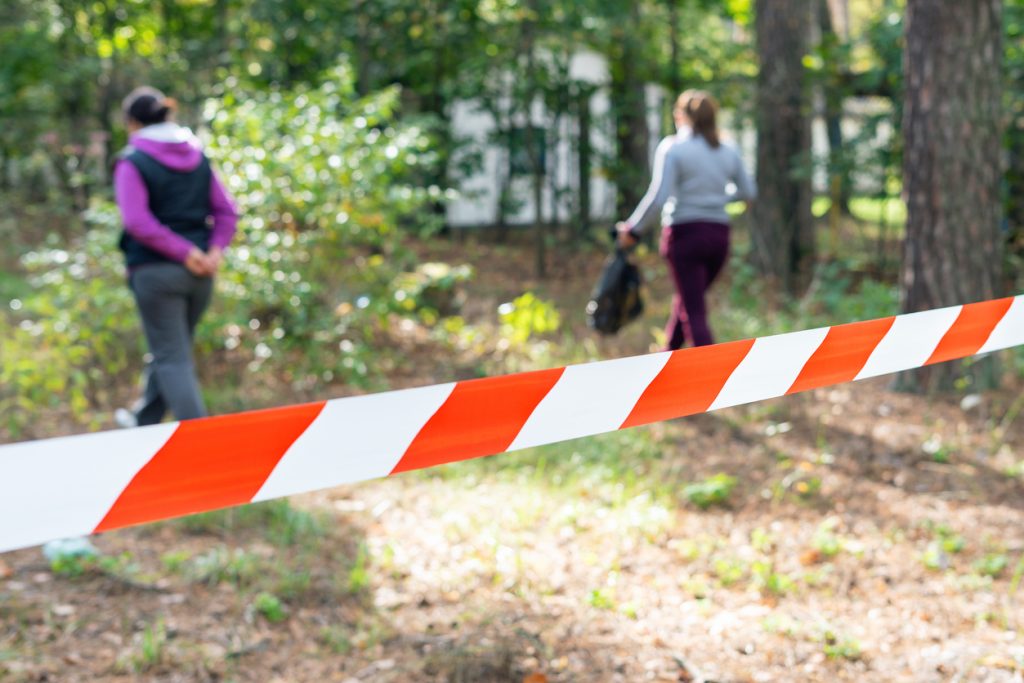- 2 Nov 2025

Trespass to chattels is a legal concept that arises when someone intentionally interferes with another person’s personal property, or chattel, without permission. Understanding how to prove trespass to chattels is important for anyone seeking to protect their property rights in cases where their belongings have been unlawfully used, damaged, or otherwise interfered with. This article explores the key elements necessary to establish a claim of trespass to chattels and how the law applies to these situations.
What Is Trespass to Chattels?
Trespass to chattels is a tort that occurs when a defendant intentionally interferes with the possession or use of personal property belonging to another individual, resulting in harm or substantial interference. The term “chattel” refers to tangible personal property, which is distinct from real property like land and intellectual property such as patents or copyrights. Examples of chattels include items like vehicles, furniture, electronic devices, and animals.
The tort protects the possessory rights of individuals over their personal property by preventing unauthorized use or intermeddling. Unlike conversion, which involves exercising control over someone else’s property in a way that deprives the owner permanently or indefinitely, trespass to chattels typically involves temporary interference or damage.
Key Legal Elements to Prove Trespass to Chattels
Proving trespass to chattels requires demonstrating several essential components under the law. These elements establish liability for unauthorized interference with another’s personal property:
1. Intentional Interference
The first key element is that the defendant intentionally interfered with the plaintiff’s chattel. This means the defendant acted with purpose or knowledge that their actions would interfere with the chattel. The interference must be deliberate, not accidental or negligent.
2. Possession of the Chattel by the Plaintiff
The plaintiff must have lawful possession or actual control of the chattel at the time of the interference. Ownership is not required, but possession—whether actual or constructive—is necessary since this protects possessory rights rather than ownership rights per se.
3. Interference Without Permission or Justification
The interference must have occurred without the plaintiff’s permission or legal justification. Unauthorized use, handling, dispossession, or meddling satisfies this element. Even briefly using or moving someone else’s personal property without consent may constitute trespass.
4. Harm or Substantial Interference
There must be demonstrable harm, damage, or significant interference with the plaintiff’s ability to use or possess the chattel. This harm can take many forms including physical damage, diminished value or quality, or deprivation of use for a substantial period. Courts may also recognize nominal damages if no actual harm is proven but the trespass is established.
How Does the Law Define Harm in Trespass to Chattels?
Harm is a crucial factor differentiating trespass from mere harmless contact. Harm includes physical damage to the chattel, impairment in its functionality or quality, or depriving the possessor of its use temporarily or permanently. The Restatement (Second) of Torts clarifies liability arises if the chattel is impaired or the possessor is deprived of its use for a substantial time. Mere unauthorized brief contact without harm might be insufficient unless damages are recognized nominally by the court.
Illustrating Trespass to Chattels Through Examples
To understand the application of the trespass to chattels concept, consider the following typical scenarios:
-
Someone uses another’s laptop without permission, causing software corruption that impairs its function.
-
A person borrows livestock without authorization, denying the owner the use of those animals temporarily.
-
Unauthorized electronic interference with a company’s servers that significantly disrupts service or impairs systems.
In each case, the plaintiff must establish the defendant’s intentional actions, possession by the plaintiff, unauthorized interference, and resulting harm or interference with use.
Legal Defenses Against Trespass to Chattels Claims
Common defenses to a claim of trespass to chattels include:
-
Consent: If the defendant had permission to use or interfere with the chattel.
-
Necessity: Interference was justified by necessity to prevent greater harm (e.g., emergency use of property).
-
Lack of Harm: When no actual damage or substantial interference occurred, which might negate liability depending on jurisdiction.
Navigating the Legal Process in Trespass to Chattels Cases
Proving trespass to chattels in court requires careful evidence gathering. Documentation such as photographs of damage, testimonies about possession and unauthorized use, and expert evaluations of impairment can be vital. Legal standards vary slightly between jurisdictions, but the core elements remain consistent.
For more detailed guidance on handling such claims, the article titled Navigating the Legal System for Trespass to Chattels Cases provides a comprehensive overview of procedural considerations and strategic insights for claimants or defendants involved in these disputes.
Judicial Standards and Legal Precedents
Courts often reference established tort doctrines, including the Restatement (Second) of Torts sections 217 and 218, which define the scope and remedy of trespass to chattels. Under these standards, the tort is actionable only when there is intentional interference resulting in dispossession, impairment, or substantial deprivation of use. These judicial guidelines help maintain a balance between protecting ownership rights and preventing excessive claims for minor interferences.
Relevant Government Definitions and Regulations
Legal frameworks defining property rights, including possession and trespass torts, often originate in state statutes and case law. For comprehensive statutory definitions and interpretations, government legal resources like those provided by state legislature or judicial branches could be referenced. One such resource is the U.S. government’s legal information portal available at https://www.law.cornell.edu/, which includes definitions and commentary on tort law, including trespass to chattels.
In conclusion, proving trespass to chattels hinges on establishing intentional unauthorized interference with personal property resulting in harm or substantial use deprivation. Understanding these foundational elements enables individuals and legal practitioners to effectively navigate claims relating to the wrongful use or damage of chattels. Careful collection of evidence and awareness of legal standards increase the chances of successfully asserting or defending against such claims. For further details and case-specific guidance, consulting the comprehensive coverage about trespass to chattels in legal portals and authorized articles is recommended.
Recent posts
- 17 Oct 2025
Categories
- Accident & Injury Law (54)
- AI (1)
- Copyright Law (1)
- Criminal & Civil Law (17)
- Disability Law (2)
- Driving Law (2)
- Employment Law (1)
- Estate Planning (2)
- Family & Relationship Law (29)
- Food and Drink (2)
- Gas Exposure (1)
- Health (1)
- Immigration Law (2)
- Injury Claim (1)
- Insurance Law (7)
- Legal (40)
- Lemon Law (4)
- Mediation (3)
- Medical Malpractice (1)
- Property & Business Law (9)
- Severance Agreement (1)
- Travel and Leisure (1)
- Uncategorized (12)
- Worker Compensation (2)




